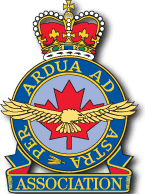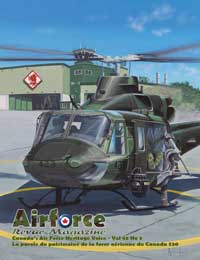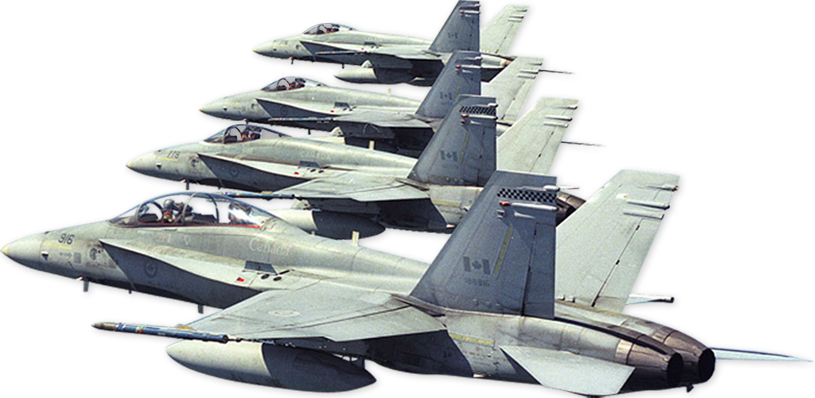Readers will recall the issue of Airforce and the item “Alphabet Soup” dealing with single letter prefixes assigned to RCAF service numbers in effect from 1 Apr 1924 through to “R” Day, 1 Oct 46. (Airforce Vol. 23, No. 4; page 22)
Hugh Halliday, our eminent aviation historian, provided the rationale defining letter prefixes —C,R,J, V, W, U ,Z,H—–but was equivocal about the letter “K”. Several readers (most of them exRCAF servicemen who had service numbers prefixed with K) came to the rescue. All confirmed that the letter prefix K was indeed assigned to air cadets upon their enrolment in the RCAF during the period 1943 – 46. The Toronto Evening Telegram of 25 August 1943 describes a swearing in ceremony at Toronto’s No 11 Recruiting Station, of 12 air Cadets joining the RCAF, all of whom “will be distinguished by a (service) number beginning with “K”. Not specifically related to letter prefixes, but pertinent to the discussion, was a reader’s assertion that new service numbers were assigned to personnel at the time of the stand-up of the Royal Canadian Air Force on 1 April, 1924. The new service numbers were allocated in blocks, by geographical location, coincident with the “re-badging” from Canadian Air Force to RCAF. For example, service numbers 1 – 199 were applied to airmen serving in the Ottawa,)lfea (RCAF HQ and PhotographicUnit) Those serving at RCAF Station High River, Alberta were assigned service numbers from 401 upwards, and so on.
Thanks go to all of our readers who contributed to the discussion. Special appreciation goes out to Cliff Neill, Belleville, ON, a contributor to the Military Collectors’ Club of Canada Journal, Fall 1986 edition, in which he outlined the entire scenario of RCAF service number history from beginning to end, confirming the contents of our article. He knows, he’s lived it. When asked for his service number during WWII, his reply was “175”. “Not the last three digits, airman, but your full number!”. His response; “175 are the first three digits, the middle three digits and the last three digits”. He indicated further that RCAF service numbers in late 1938 also had “A” letter suffixes, which differentiated members of the Auxiliary Active Air Force from the large influx of personnel filling the RCAF Permanent Active Force at the outbreak of WWII.
End of story? No. Following unification, the adoption of Social Insurance Numbers (SINs) as servicemen/women’s numbers, was meant to simplify the administrative process, but was discontinued to meet confidentiality and privacy concerns. The full circle has now been completed and there are letter prefixes to the current service numbers now in effect. Perhaps we have another “alphabet soup” tin can ready to be opened?








